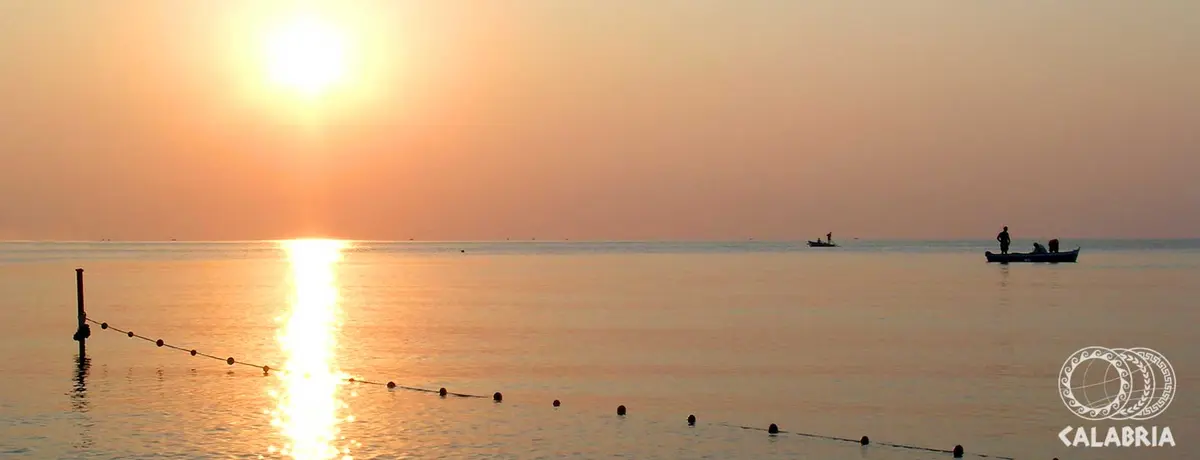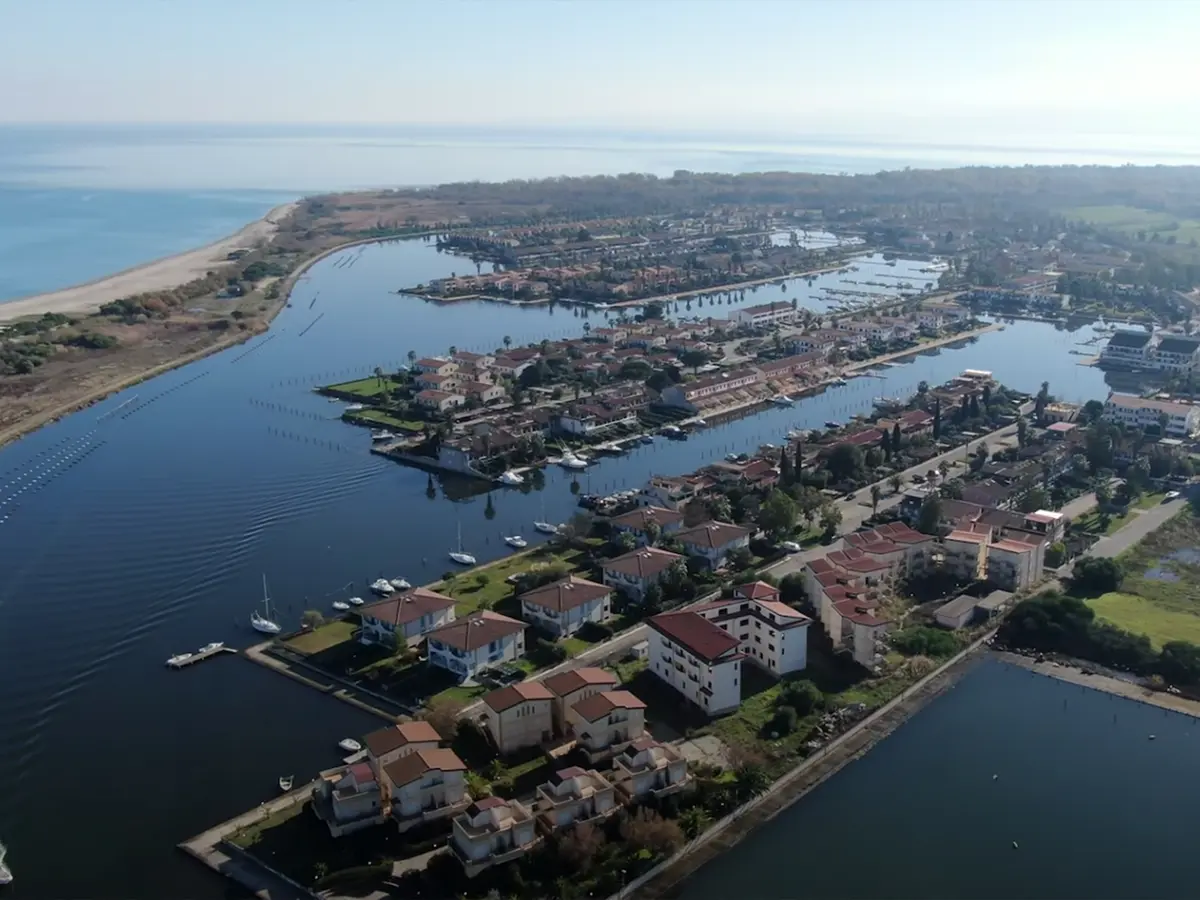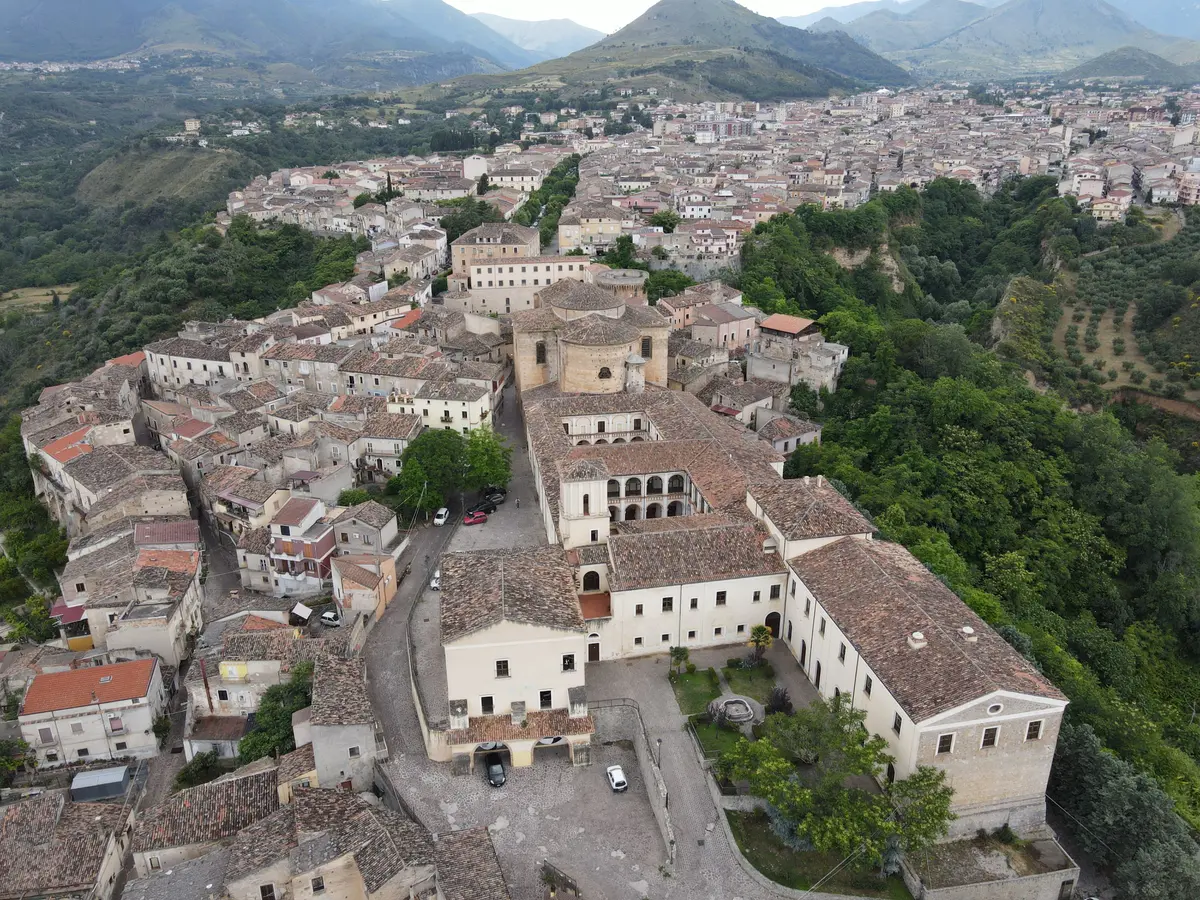Civita
The Arbëreshë village of ‘’Talking Houses‘’

The orange flags
Civita - Regione Calabria
Among the villages of Arbëreshë (Italo-Albanian) culture in Calabria, the village of Civita, in the province of Cosenza, offers the charm of Eastern rituals and folklore, immersed in the uncontaminated nature of the Pollino National Park.
The historic centre of Civita is listed among the Most Beautiful Villages in Italy and has a unique feature: the ‘’Talking Houses‘’ (or ‘’Kodra Houses‘’). Let's find out exactly what these are and what this enchanted village has to offer.
Nestled in a landscape of great beauty, the ‘’Raganello Gorges‘’ Nature Reserve, the village of Civita is one of the oldest Arbëreshë communities in Italy. The historic centre is in fact a traditional gjitonia, a ball of houses arranged in a semicircle around a ‘’mother house‘’ and a small square. On closer inspection, the houses of Civita have anthropomorphic features: eyes, nose and mouth composed of openings and long chimneys, which is why they are called ‘’Talking Houses‘’ (or ‘’Kodra Houses‘’, in honour of the Albanian artist Ibrahim Kodra). Worth visiting are the Chapel of Sant'Antonio, the 16th-century Chapel of Santa Maria della Consolazione and the Church of Santa Maria Assunta, a splendid example of Calabrian Baroque with a Greek-Byzantine layout.
The presence of the Devil's Bridge evokes ancient legends and allows one to cross the Raganello river. The latter gives its name to the Nature Reserve where rafting and hiking in the Pollino gorges can be enjoyed for adrenaline-fuelled trekking. Along the course of the river there is also the Spinning Mill Museum, while the Raganello Valley Landscape Ecomuseum is housed in the ancient Palazzo Castellano.
Those who prefer to immerse themselves in Arbëreshë traditions and folklore can visit Civita on the occasion of the Greek Orthodox Easter (40 days after the Catholic Easter) and watch the extraordinary vallje, the typical Albanian dances embellished by handmade costumes, the same ones that can also be admired at the Arbëreshë Ethnic Museum.
Useful information
What to know about Civita
Where to Sleep
There are 17 available accommodations.
Places
There are 3 places to visit.
Travel Ideas
There are 12 travel ideas.
Infopoint Civita
Piazza Municipio, Civita
No result









